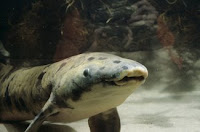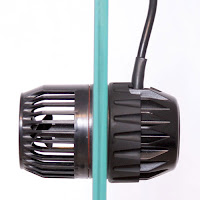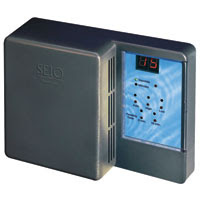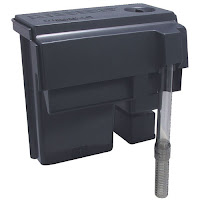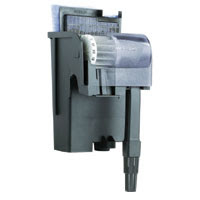Pond Health Tip: Using Salt
One of the easiest things that you can do to help promote the health of the fish in your pond is using Salt. Whether you have a small pool of Goldfish, or a large Koi Pond, using salt as part of your maintenance regiment is a simple, safe and inexpensive product that can greatly benefit your fish’s health.
During times of stress, whether from parasites, pathogenic bacteria, or poor water quality, fish can struggle to maintain proper electrolyte balance in their bodies. Fish use special cells in their gills, called chloride cells, to absorb electrolytes from the surrounding water. The absorbed electrolytes play an important role in a fish’s ability to intake oxygen, and release Carbon Dioxide and Ammonium through their gill membranes. When a fish’s natural ability to maintain its electrolyte balance is reduced, they can suffer from a condition known as “Osmotic Shock”. Fish suffering from osmotic shock have trouble absorbing oxygen, and in poor water conditions are at high risk of perishing from nitrite toxicity. Keeping a therapeutic level of salt in your pond will help maintain your fish’s electrolyte balance, and help prevent Osmotic shock, and reduce the stress of elevated nitrites in new ponds, or poor conditions. Another benefit of using salt is that salt will also promote a heavy slime coat on your fish. Your fishes slime coat is its first line of defense of attack from parasites and disease. Proper gill function and slime coat are key to a fishes over all immune system and health.
Salt can be used for several purposes in maintaining your fish’s health. As I have already discussed, you can use salt at a low maintenance level for an indefinite period of time, how much salt can safely be used depends upon your pond. You need to be careful with the amount of salt that you use in your pond, especially when using salt in ponds with live plants. At Higher concentrations, salt can have negative affects on plant life. You need to be sure of your pond volume; this will allow you to accurately calculate your salt dosage requirement. For ponds that have live plants you should keep a maintenance level of salt between .05% – .1%. For ponds with fish only, you can maintain a maintenance level between .1% -.2%, these concentrations are safe to use all the time.
Salt is also a highly effective treatment against common parasites found in ponds, as well as nitrite toxicity. If you do not have plants in your pond, you can use an elevated therapeutic level of .2%-.4% for 2 to 4 weeks, this will reduce the stress of parasitic attack on the fish, limit the parasites ability to reproduce, and even kill many of the parasites. If you want to use a therapeutic level of salt, but you have plants, you can remove your plants temporarily into a kiddy pool, and then treat your pond. After conditions have improved simply perform a water change to get the salt concentration back below .1% and then reintroduce the plants.
Salt can also be used as a short term bath when severe parasite infestation or bacterial infection has reached advanced stages. You can catch your fish, and place them into a high concentration of salt to rapidly kill and remove parasites from the fish. Bath concentrations of salt should be 2%; the fish can be dipped for up to 15 minutes, depending upon the behavior of the fish, and its reaction to the salt bath. If the fish is not handling the salt bath well, or is having trouble breathing, remove immediately.
What kind of salt do you use? Non Iodized table salt (sodium chloride) can be used, but a better choice is a salt that is made from evaporated sea salt, or a synthetic equivalent. While sodium chloride is the major componet in seawater, there are a number of other minerals in seawater that fish can use to maintain electrolyte levels, such as calcium, magnesium and potassium. Brand name salts such as Aquarium Pharmacueticals Pond Salt, and
Pondmaster Pond Salt by Supreme, are evaporated sea salts.
One last thing to remember when using salt in your pond is that salt does not evaporate, so it never leaves the pond. Do not add more salt when you add water to your pond that has evaporated. The only time you need to add more salt is when you have physically removed water from your pond, like from a water change, or a severe rainstorm that caused the pond to overflow. You should always test your salt level before making any adjustments.
I hope that this has helped answer some questions about using salt in your pond
Until next blog,
Dave
 That Fish Blog – Aquarium Advice and Information
That Fish Blog – Aquarium Advice and Information

